Hour of Code takes place during Computer Science Education Week, which is this week!
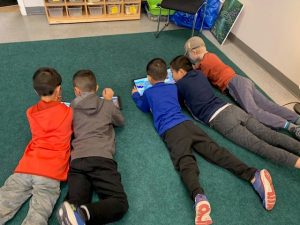
Some smaller versions of our now-grade 7s! This photo is from when I visited UHE a few years ago to teach some coding, back when I held a district position.
The idea behind Hour of Code is get everyone participating in a coding activity at some point throughout the week. Students have all different levels of experience with coding, and it has become part of our B.C. curriculum. While we understand that not all students will grow up to become programmers, learning coding and computational thinking in school helps demystify the powers that drive our everyday technologies, broadens participation in the field of computer science, and nurtures problem solving skills. It is essentially a new literacy needed as our children grow up and navigate the world.
Thinking about coding and modern technologies is especially interesting as we also examine and think about prehistoric technologies early modern humans used to survive, thrive, and observe their world. Division 3 has been looking at some of the earliest cave art found in Spain, France, and Argentina. This week, students are combining found natural materials to create tools that could be used for painting–then we will test if they work! Keep an eye out for some of our process and finished pieces!
I have positioned some coding links on our Hour of Code page. Feel free to check them out!

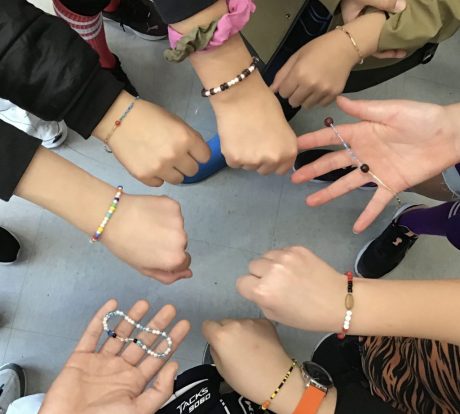
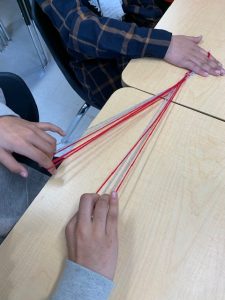
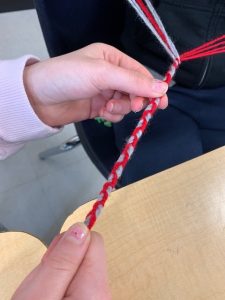
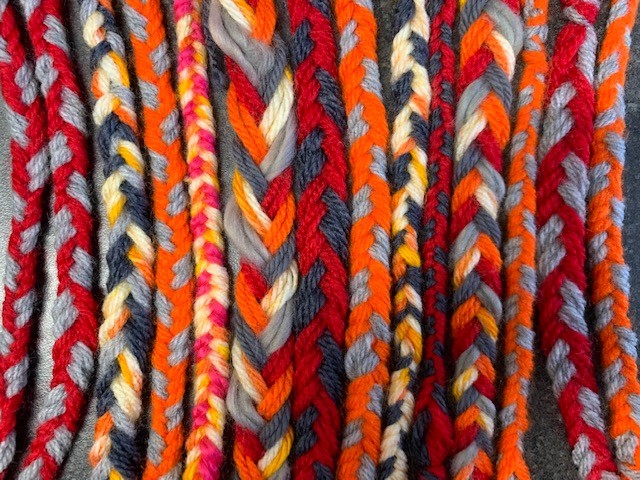
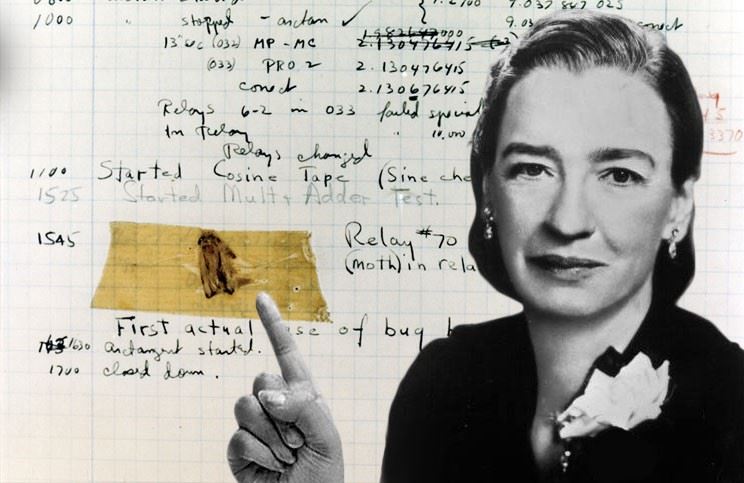
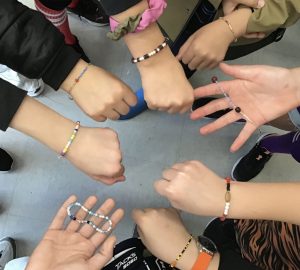 In September students learned how to write numbers in binary (a base-2 number system). Today students learned that letters can also be coded in binary! Each student mapped out their names on grid paper, chose their colours, and beaded their names into a bracelet.
In September students learned how to write numbers in binary (a base-2 number system). Today students learned that letters can also be coded in binary! Each student mapped out their names on grid paper, chose their colours, and beaded their names into a bracelet.